From recently restored steam locomotive 3801 to the Southern Hemisphere’s largest operating steam locomotive Beyer-Garratt 6029, visitors will be spoilt for choice with a record amount of steam engines at this year’s Festival of Steam.
All locomotives listed will either feature on display in steam or operate one of the many steam train rides throughout the weekend. See locomotive allocations and departure times on the tickets page.
LOCOMOTIVE 2705
Locomotive 2705 was one of eight 2-6-0 tender locomotives supplied in 1913 to the NSW Department of Public Works by the Hunslet Engine Co. Ltd of Leeds. They were originally numbered PWD 1 - 8 and used for various railway construction duties.
2705 and its class were smallish locomotives and found to not be suited to curvaceous routes as they damaged their valve motion. As such, they were sent to the Narrabri West depot for use on the relatively straight and lightly laid branch lines which ran/run through the cotton growing regions.
The 27 class were replaced by the first-series 48-class diesel-electrics in 1959 and were made into scrap metal by 1966. 2705 was saved for preservation by the NSW Rail Transport Museum (now Transport Heritage NSW).
2705 was restored to operation in the mid-1990s, primarily for use on the Loop Line from Thirlmere to Buxton and return. At this stage it wore an attractive lined green livery. Nowadays, it’s back to black.
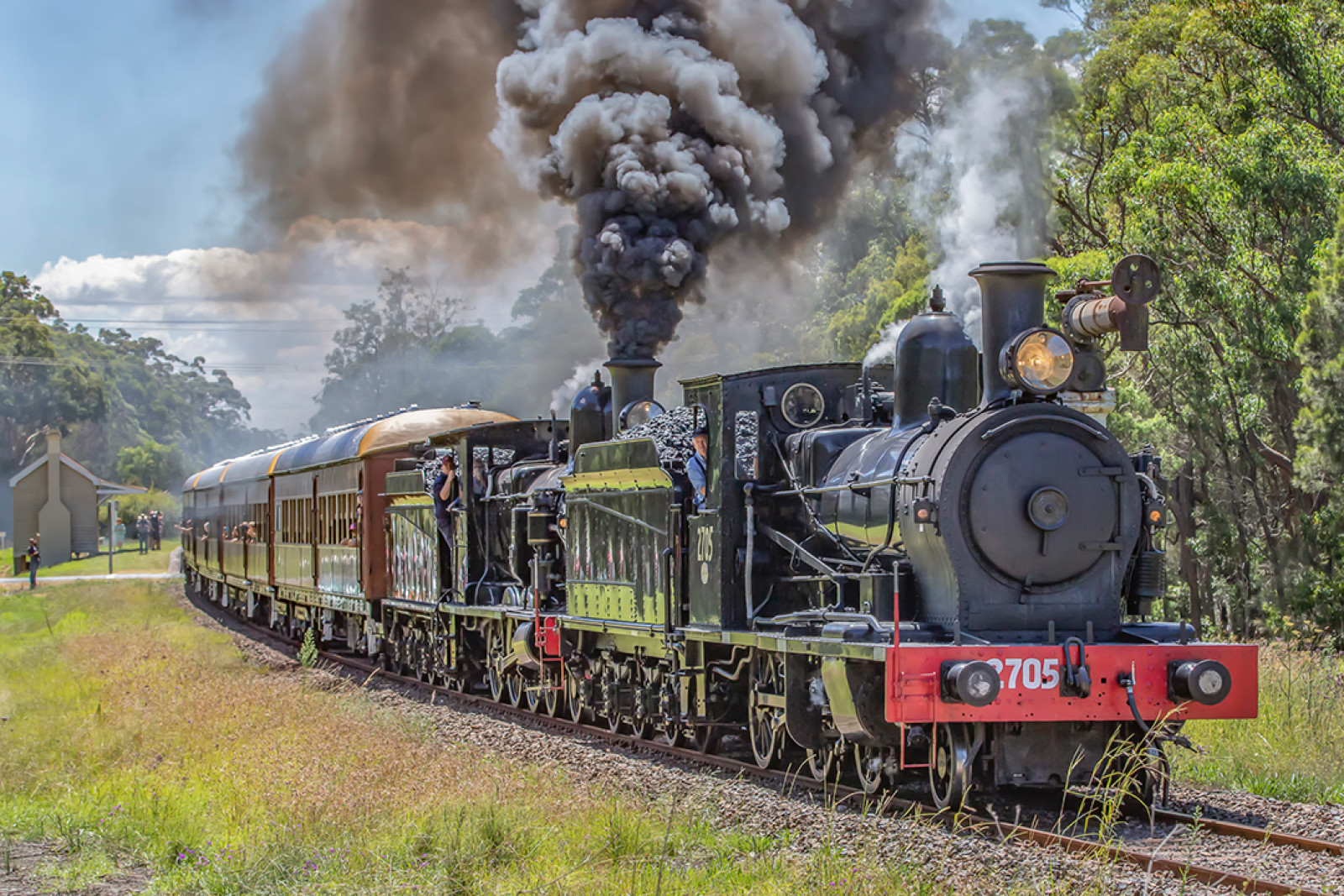
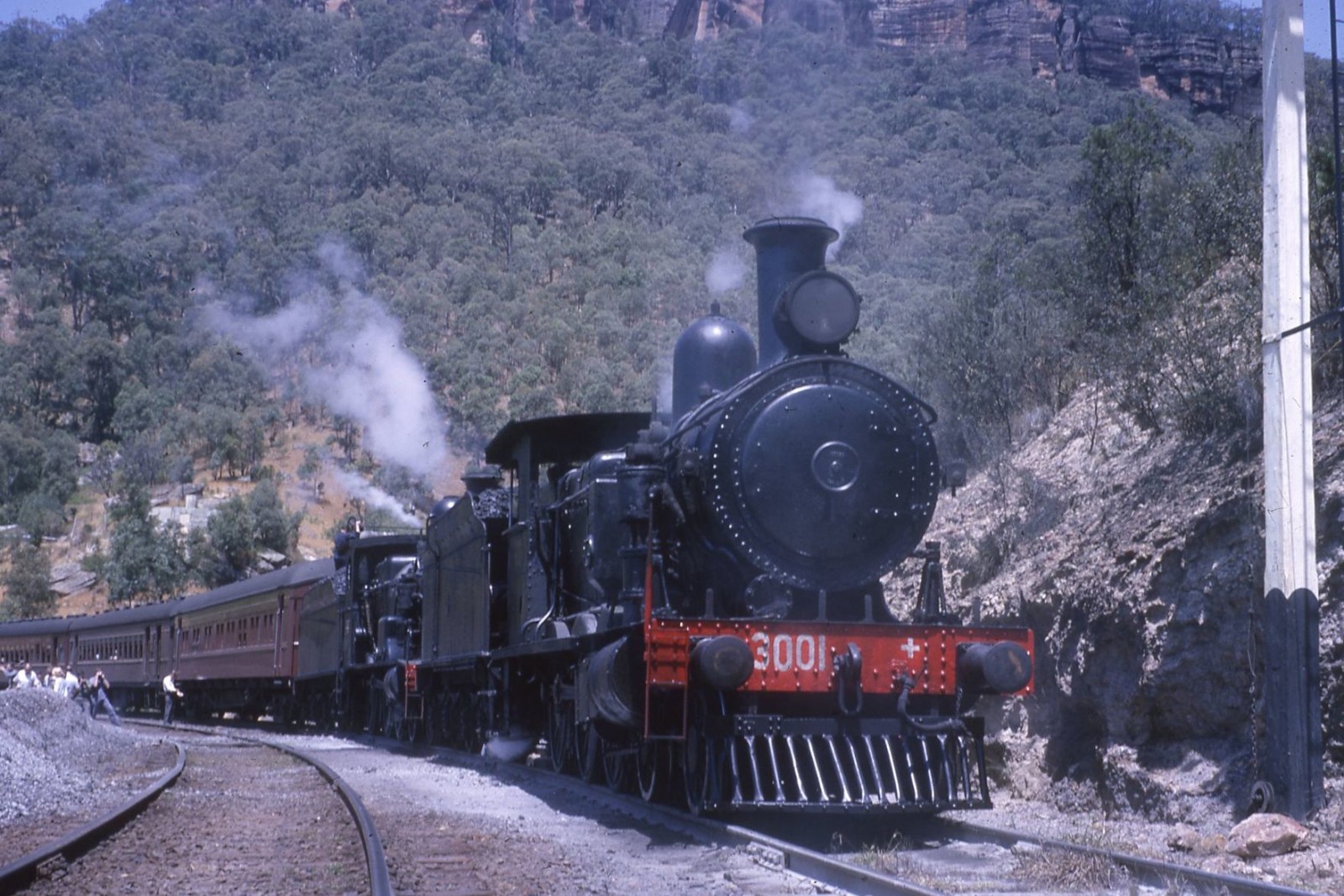
Locomotive 3001
In its heyday, 3001 could be found working almost every light branch line in New South Wales. It was built in 1903 for Sydney suburban passenger duties with a 4-6-4T wheel configuration.
3001 was the first in the class of 35 engines built by Beyer Peacock & Company, and originally called the S626. The class grew to 145 after being considered a successful design as it performed particularly well on the steeply graded North Shore, Main North and Illawarra lines. It became ‘3001 of the (C)30 class’ when NSWGR renumbered its fleet in 1924.
Following the electrification of the railways in 1926, it used for mixed traffic duties on country branch lines.
This locomotive was one of 29 of its class to be further modified (between 1940 and 1957) with a superheated boiler which significantly improved both power and fuel efficiency. Piston valves replaced the original slide valves and the wooden front buffer beam was upgraded to steel.
3001 is currently being restored by Transport Heritage NSW. It will be in steam on display at the Roundhouse, located at the southern end of the NSW Rail Museum.
Locomotive 3265
Locomotive 3265 entered service as P 584 in 1902 and was used as a passenger express engine. It is a two-cylinder, simple, non-condensing, coal-fired, ‘Ten-wheel’ 4-6-0 steam locomotive and was ‘superheated’ in 1933. It became ‘3265’ in 1924.
Originally its livery was black but in 1933 it was painted maroon and received the nameplate ‘Hunter’, to service the Northern Commercial Limited express to Newcastle for a short time. After this, the locomotive conducted everything from express suburban runs, to country stretches, and mixed shunting work.
3265 ran for 66 years across NSW and was retired in 1968 after clocking 2,965,840km of service.
It still has its original frame, and the cab is stamped with its builder's number.
The 32-class became known as the "English express locomotives” due to their build’s origin. They were faded out of use with the rise of diesel-powered engines.
3265 was restored by the Powerhouse Museum in 2009. It underwent further mechanical repairs with Transport Heritage NSW and returned to service in 2019.
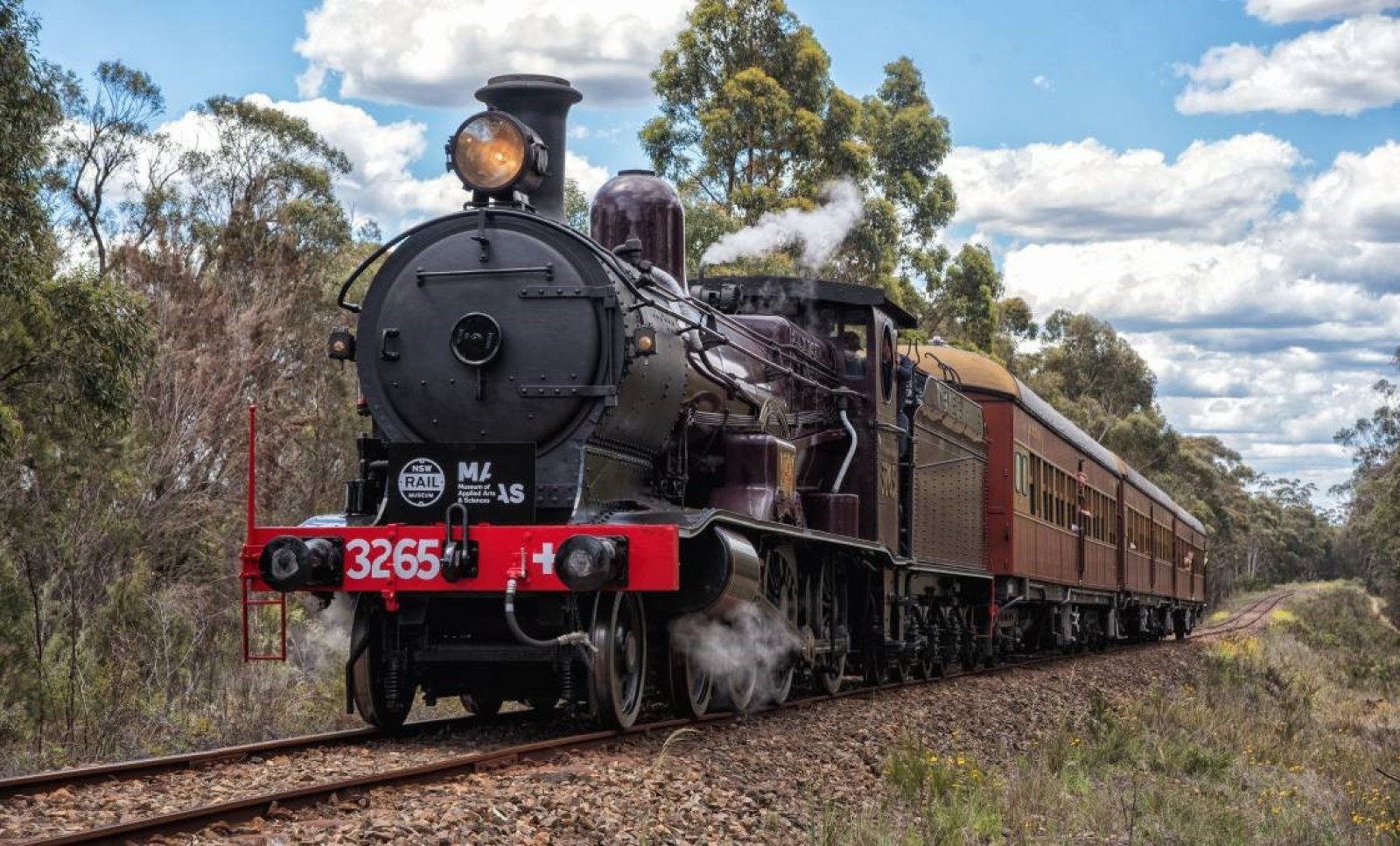
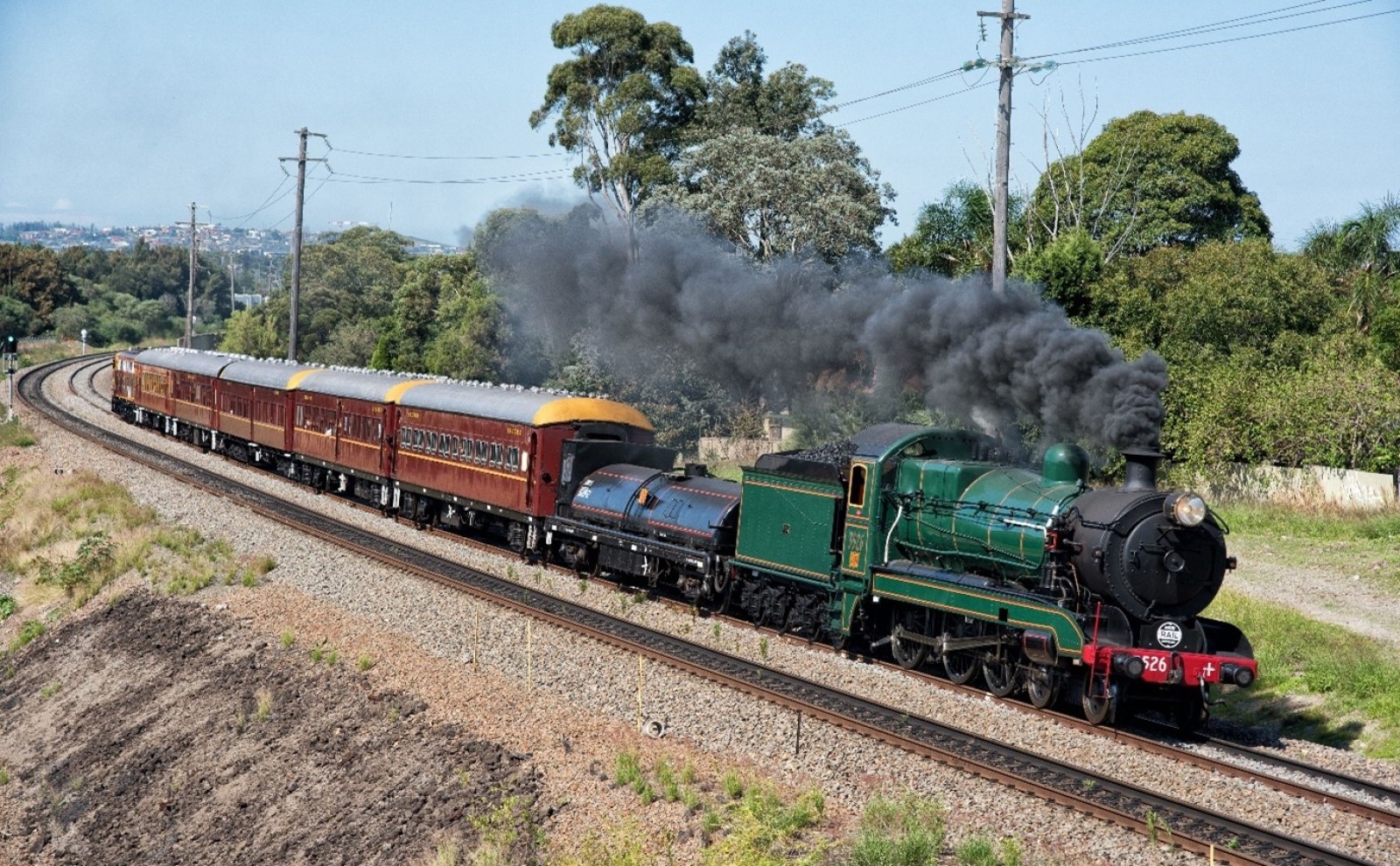
Locomotive 3526
Reclassified as the '35 class' during the 1924 renumbering program, these locomotives were originally known as the NN class, which gave rise to the nickname ‘Nanny’.
The 35-class were built by the NSW Government Railways (NSWGR) at their workshops at Eveleigh. They were originally designed to reduce the amount of 'double-heading' required for main line express train services following the introduction of heavy, twelve-wheeled corridor compartment cars, which were particularly heavy for one engine to pull.
Teething problems with the new design were overcome by several modifications throughout their service (including re-framing and re-balancing the driving wheels), seeing them develop into solid performers. The original cabs were replaced to provide the crew greater protection against the weather.
Locomotive 3526 became the first exhibit cosmetically restored by Transport Heritage NSW. 3526 is one of the few NSWGR locomotives to have been painted in blue livery for a time, while hauling the ‘Caves Express’ services from Sydney to Mount Victoria in the 1930s. It is now green with yellow trim.
Locomotive 3642
Designed to be able to operate non-stop for distances of up to 100 miles (161km), the first of the 36-class entered service in 1925. Nos 1 to 10 were built by the NSW Government Railways at Eveleigh, while the remaining 65 were constructed by Clyde Engineering. Clyde Engineering was quicker, which meant that 3610 was the last of the class to enter service.
The 36-class locomotives were originally fitted with round-top boilers, which gave them a somewhat porcine appearance, and this, coupled with difficulties in firing their narrow fireboxes and the regular repairs required to the boilers, led to the nickname 'Pig'. Most of them were re-boilered with Belpaire fireboxes and given new style cabs to match during their service lives, although the nickname remained.
With the 36 class came the introduction to the NSW railways of the 'turret' style tenders, which gave the crews better vision when travelling in reverse. It was originally painted green but with the onset of World War II its livery was painted black.
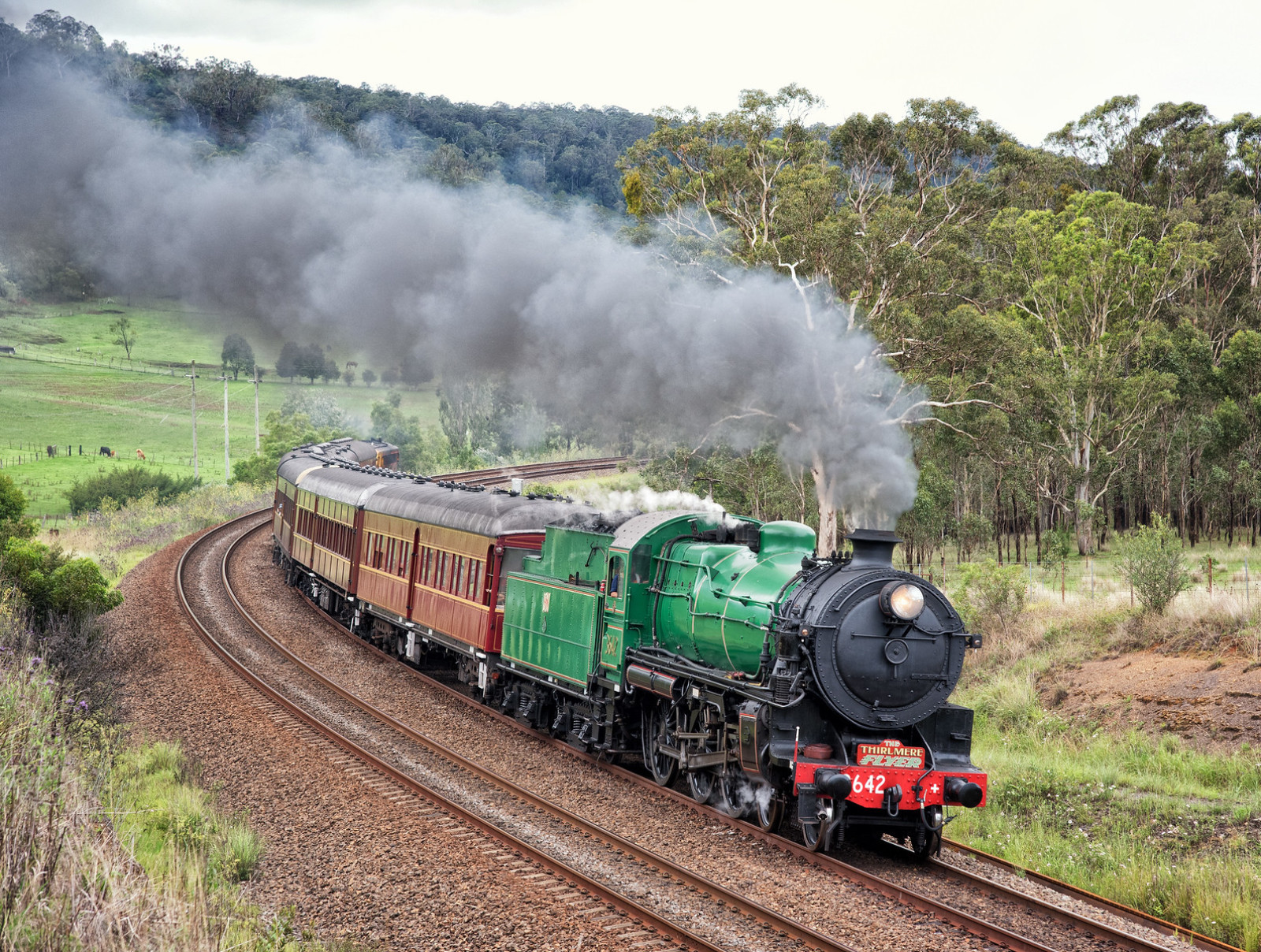
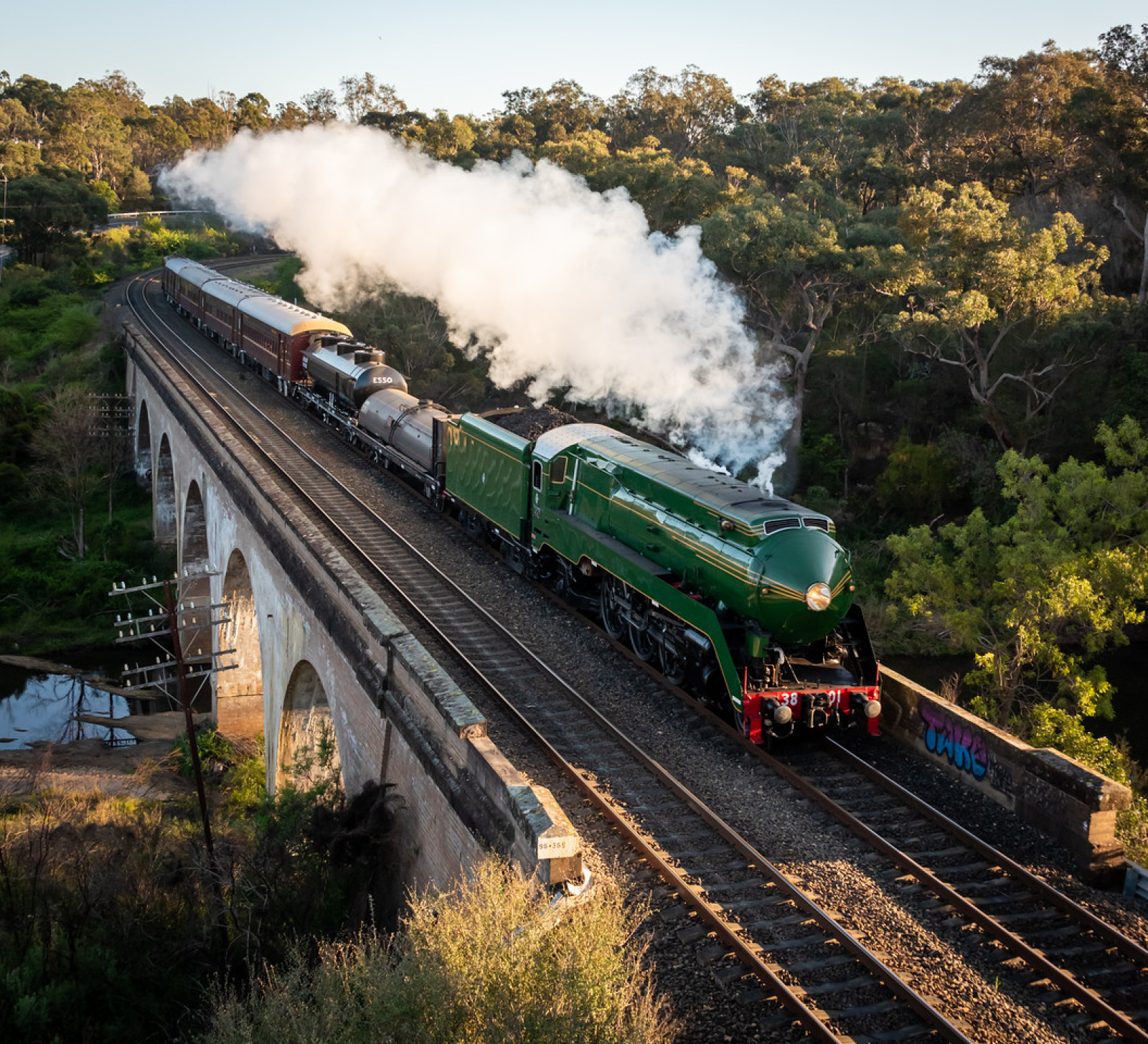
Locomotive 3801
Locomotive 3801 dawned a new era in express passenger train travel when first introduced to New South Wales in 1943.
Faster and more powerful than their predecessors, the 38 class were able to haul more carriages while reducing travel times on the celebrated express services.
Their modern equipment made them easy to operate. The large boiler, sometimes tiring to fire, was forgiving. Their spacious cabs with padded seats raised the bar for crew comfort. Allocated to the important express trains, only the best crews were rostered to work the 38s.
The first five were built by Clyde Engineering to a streamlined design, whilst the 25 post-war locomotives in the class were unstreamlined and built by the NSWGR at Eveleigh and Cardiff Locomotive Workshops.
After an extensive and labour-intensive overhaul, 3801 was officially relaunched at Sydney's Central Station on Friday 12 March 2021 by Her Excellency, the Honourable Margaret Beazley AC QC, Governor of NSW.
Locomotive 6029
Based on the successful design by Herbert Garratt, these locomotives were manufactured by Beyer, Peacock in Manchester UK, and imported to NSW specifically for coal haulage.
The last steam locomotives introduced into NSW, the first of the class did not enter service until 1952. The original order for 25 locomotives was augmented by a second order for 25, which the railways tried to cancel a portion of due to the successful introduction of the 40 class diesel locomotives. This resulted in a total of 42 of the 60 class Garratts in service and nearly five locomotives’ worth of spare parts. Despite the desire of the railways to reduce the order, there were still Garratts in service even after the 40 class diesels had all been retired from traffic.
Because of their length and few turntables in the system with the capacity to turn them, they often ran in reverse. From 1958, a number of them were fitted with a second set of controls to allow the driver to face the direction of travel when travelling ‘bunker first’, denoted with ‘DC’ painted on the buffer beam.
Locomotive 6029 entered service in April 1954, receiving its dual control in February 1959. It was withdrawn from service in 1972 having travelled just under 100,000km during its working life. It was returned to service by the Australian Railway Historical Society (ACT Division) in 2015 and purchased in 2017 by a small consortium of steam locomotive enthusiasts.
Three other 60 class Garratts survive in preservation.
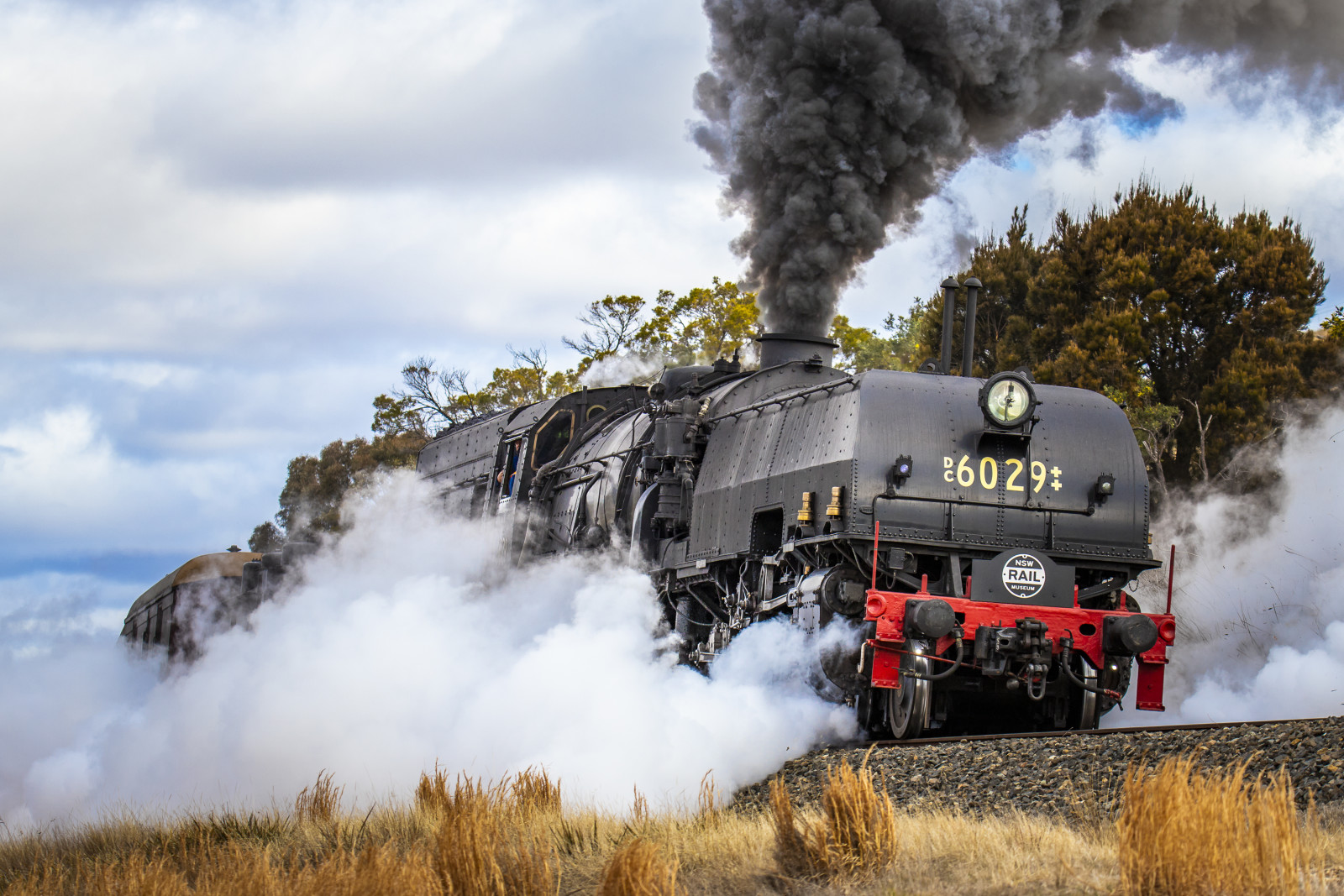
1064 Coal Grab CranE
1064 is a 4-wheel self-propelled vertical-boiler coal grab and was designed for coaling steam locomotives in smaller country locomotive depots which lacked more formal locomotive servicing facilities. It was constructed by the Austral Otis Engineering Company at their Alfred Harman Works, Port Melbourne in 1918 as one of a batch of four coal grabs and entered service as LO 39 with the NSWGR in August 1918. It was renumbered 1064 in the X-10 class of miscellaneous and obsolete machines in the NSWGR's August 1924 renumbering scheme.
1064 finished its career with the NSWGR in June 1971 when it was withdrawn from Eveleigh Depot. It was transferred to the NSW Rail Transport Museum (now Transport Heritage NSW) in working order, however it was later dismantled for rail transport to the (then) new Museum in 1975.
The boiler has recently been overhauled to enable 1064’s return to the Festival of Steam for the first time in many years.
The reassembly and repair of this machine after years of open storage is a great example of the high-quality restoration capabilities of the volunteers and staff at Transport Heritage NSW.
Contact
For all NSW Rail Museum related enquiries, including steam train rides, call 1300 11 55 99.